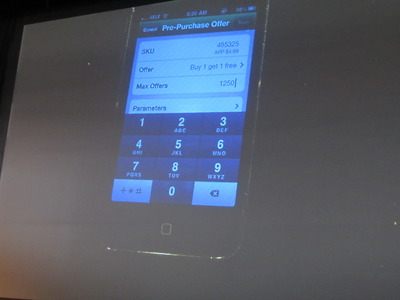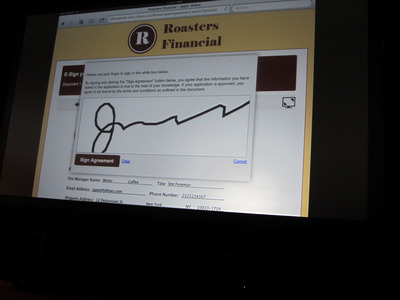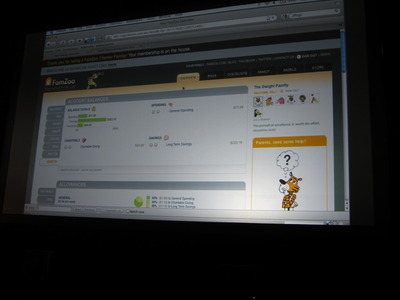“It couples a real-time stock market simulator with content to provide missions. Missions are a set of tasks that teach financial concepts such as creating a portfolio, researching stocks and mastering different trading strategies. Users learn through content and are given virtual cash to test their knowledge on the stock market simulator. Badges and rewards keep users engaged to keep pursuing missions. Wall Street Survivor also has leagues, where users can create their own virtual stock market competitions with their friends or join Wall Street Survivor’s leagues where the top traders win real cash.”
Product Launched: September 2011






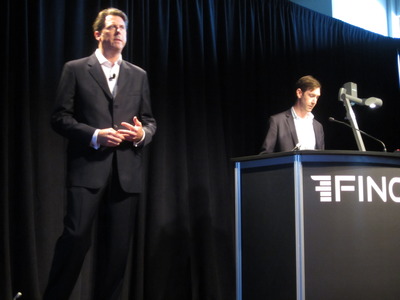
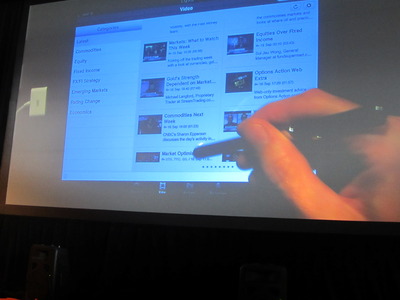

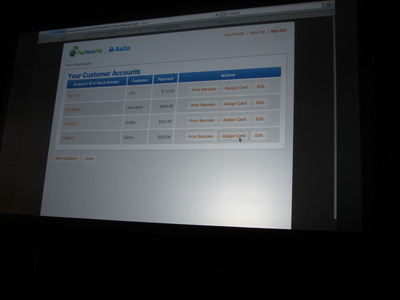



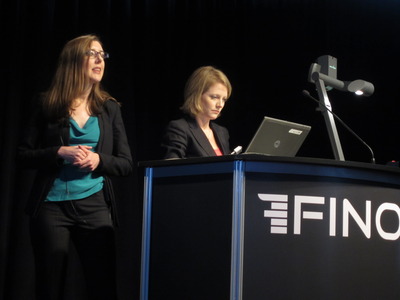
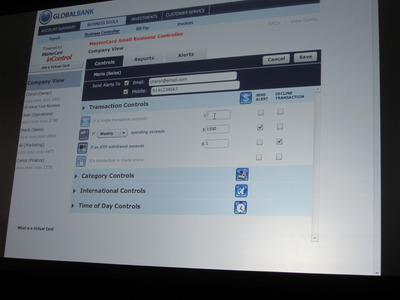


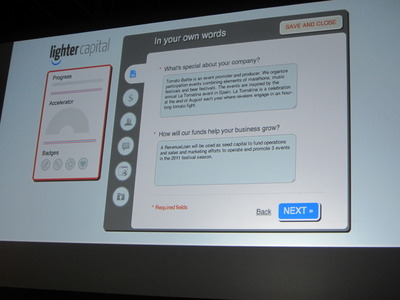



 (2)-thumb-200x75-4033.jpg)



